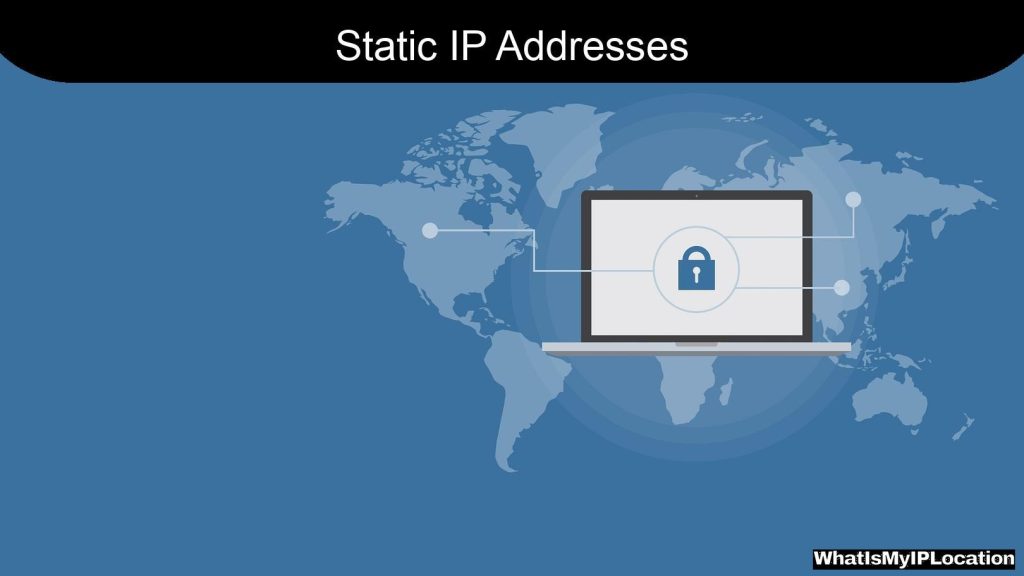A subnet is a smaller, segmented portion of a larger network, designed to improve performance and security. It allows for efficient IP address management and reduces broadcast traffic within the network.
When it comes to networking, terms like “subnet” can feel a bit overwhelming. But don’t worry! We’re diving into what a subnet is, why it matters, and how it fits into the bigger picture of computer networks. Whether you’re a novice looking to learn the ropes or someone with a bit more experience, this guide covers everything you need to know about subnets.
What is a Subnet?
A subnet, short for subnetwork, is like a smaller network within a larger network. Imagine your home Wi-Fi setup—your router connects multiple devices like smartphones, laptops, and smart TVs. In this case, your home network can be thought of as a subnet of a bigger internet. Subnets are used to organize a large network into smaller, manageable parts. This helps with performance and security.
Why Do We Need Subnets?
Subnets come with several benefits:
- Efficiency: By breaking down a large network into smaller pieces, traffic gets managed better.
- Security: Different subnets can have different security protocols, which means if one gets compromised, the others can stay safe.
- Organization: It’s easier to manage smaller subnets rather than one gigantic network.
Key Components of a Subnet
To understand how subnets work, it’s helpful to know a few key terms:
IP Address
Every device on a network has a unique identifier called an IP address. Think of it like your home address—without it, nobody would know where to send your mail.
Subnet Mask
This determines which portion of an IP address refers to the network and which part refers to the device on that network. It’s like telling you which part of your address is the street name (network) and which part is your house number (device).
CIDR Notation
Classless Inter-Domain Routing (CIDR) notation is a shorthand way to represent an IP address and its associated network mask. For example, an IP address might look like this: 192.168.1.0/24. The /24 indicates the subnet mask.
Types of Subnets
There are several different types of subnets, and understanding these can be a game changer.
Public vs. Private Subnets
- Public Subnets: These are accessible from the wider internet. Devices on public subnets can reach out to external networks.
- Private Subnets: These are isolated from the public internet. Your home Wi-Fi is a good example—devices like your laptop or smart TV can talk to each other, but they don’t have a public-facing address by default.
Larger vs. Smaller Subnets
- Larger Subnets: These can contain more devices. For example, a subnet with a subnet mask of
255.255.255.0allows for up to 256 IP addresses, which is great for larger networks. - Smaller Subnets: These are helpful for limiting the number of devices and keeping things secure.
How Subnets Work
Understanding how subnets function requires knowing a bit about routing.
Routing and Subnetting
Routers play a crucial role in directing traffic between different subnets. When you send a request from your device, the router decides the best path to take based on your subnet and other routing rules.
- Device A wants to talk to Device B: If they’re on the same subnet, they can communicate directly.
- Device A wants to talk to Device C: If Device C is in a different subnet, the message goes to the router, which then directs it appropriately.
Subnetting Process
Let’s break down how you would create a subnet:
- Determine the Size: Figure out how many devices you need to accommodate.
- Choose the IP Range: Pick a range of IP addresses suitable for your network.
- Assign the Subnet Mask: This will define the network and host portions of your addresses.
Common Use Cases for Subnets
Subnets are used in various situations. Here are a few everyday examples:
Home Networking
In your house, your router manages the home network, allowing all your devices to connect to the internet while keeping them isolated from the wider web.
Corporate Networks
In businesses, subnets can separate departments, such as HR, Engineering, and Sales, allowing them to communicate securely within themselves while managing external traffic efficiently.
Cloud Services
Many cloud service providers use subnets to help secure and segment their services. For instance, a cloud application might have different subnets for its database and user interface, improving both performance and security.
Managing Subnets
Managing subnets effectively involves a few key practices:
Documentation
Keeping track of your subnets, what devices are on them, and their purposes can make troubleshooting much easier.
Regular Audits
Check your network regularly to ensure everything is functioning correctly. This can help spot potential issues before they become bigger problems.
Use Network Management Tools
There are tools available to help you monitor and manage your subnets. These can provide insights into network performance and help with troubleshooting.
FAQs About Subnets
Q1: What is the main purpose of a subnet?
A1: Subnets help to divide a large network into smaller, manageable pieces, improving security, performance, and organization.
Q2: Can I create my own subnets at home?
A2: Yes! Most routers allow you to set up different subnet configurations at home.
Q3: What happens if two devices have the same IP address?
A3: This can cause a conflict, leading to communication issues. Only one device can successfully send and receive data at a time.
Q4: How do I know what subnet my device is on?
A4: You can check your device’s network settings, which will show the IP address and subnet mask.
Q5: Are subnets only used in large networks?
A5: No, subnets can be beneficial in any network size, including home networks!
Subnets can seem complex at first, but once you grasp the basics—like what they are and why they matter—you’ll see how they play a vital role in networking. Whether for home use or in businesses, understanding subnets helps improve your network’s structure and security, making everything run smoother. Go ahead, explore subnets, and let them make your networking life easier!

